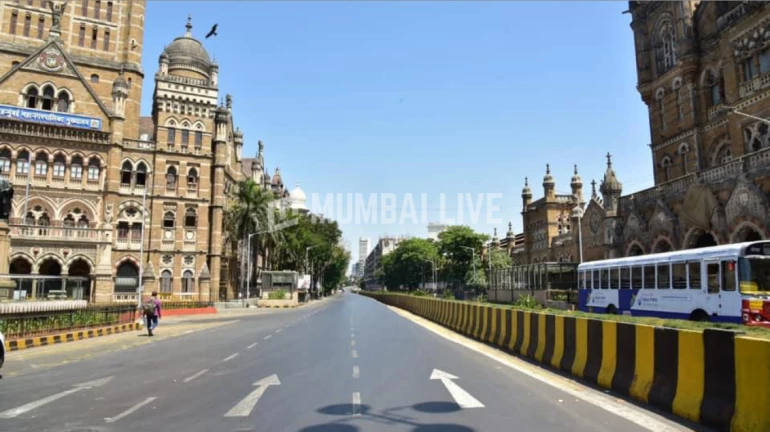
The Brihanmumbai Municipal Corporation (BMC), the metropolis of Mumbai finds itself grappling with alarming pollution levels, marking a stark increase compared to previous years. The most recent data, encompassing the period of 2022-2023, has been declared as the city's most polluted year, raising significant environmental concerns. An exclusive report in Mid Day published the civic Environment Status Report (ESR), which was unveiled on September 18. The results presented here paint a concerning picture, with Particulate Matter (PM) 10 and PM2.5 levels far exceeding permissible limits.
Exceeding Pollution Limits
The recorded average levels of PM10 and PM2.5, measuring at 99 micrograms per cubic meter and 58 micrograms per cubic meter, respectively, have surpassed the Central Pollution Control guidelines. These guidelines mandate that PM10 and PM2.5 levels should not exceed 60 and 40 micrograms per cubic meter, respectively. The consequences of these elevated levels have been felt citywide, with residents facing serious health implications.
Construction Activities Blamed
The Bandra Kurla Junction has emerged as the epicenter of Mumbai's pollution crisis. Among the nine air quality monitoring stations scattered across the city, this area stands out as the most severely affected. Here, an average PM10 level of 121 micrograms per cubic meter has been recorded, sounding the alarm for immediate action. An official from the BMC attributes this worsening air quality to the ongoing redevelopment projects that have been generating copious amounts of dust through construction activities. To counter this issue, the BMC has introduced a series of guidelines aimed at reducing dust dispersion. These include the implementation of water sprinkling and the installation of barriers around construction sites, designed to contain the dust.
Health Implications Loom Large
The consequences of Mumbai's pollution crisis are not just limited to the environment. Healthcare professionals have witnessed a surge in cases related to respiratory ailments. Dr. Pralhad Prabhudesai, a chest medicine expert, highlights the increase in chronic coughs, throat irritation, and prolonged recovery times among patients. Ailments such as bronchitis, asthma, chronic obstructive pulmonary disease (COPD), as well as throat irritation, colds, chronic coughs, and lung-related allergies, are on the rise, adding to the city's healthcare burden.
Pollution Control Action Plan
Under the Mumbai Pollution Control Action Plan, additional measures are being considered to combat pollution. This initiative includes increased mechanical road sweeping and a push for the adoption of electric vehicles and electric BEST buses. Such measures are anticipated to contribute to curbing pollution levels and fostering a healthier environment. Mumbai's struggle with poor air quality, especially during the winter season, calls for collaborative efforts among various stakeholders. Sree Kumar Kumaraswamy, program director of Sustainable Cities & Transport at WRI India, underscores the importance of data-driven decision-making. He emphasizes the need to identify and implement sector-specific pilot projects to expedite the Clean Air Action Plan's success.





